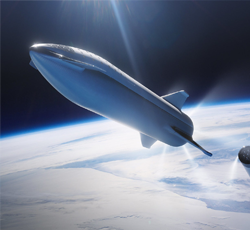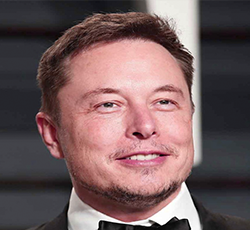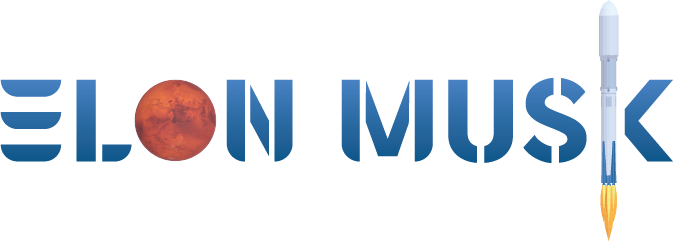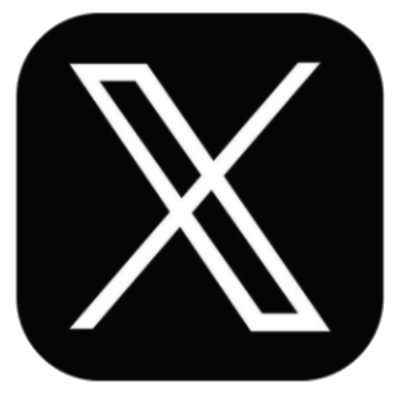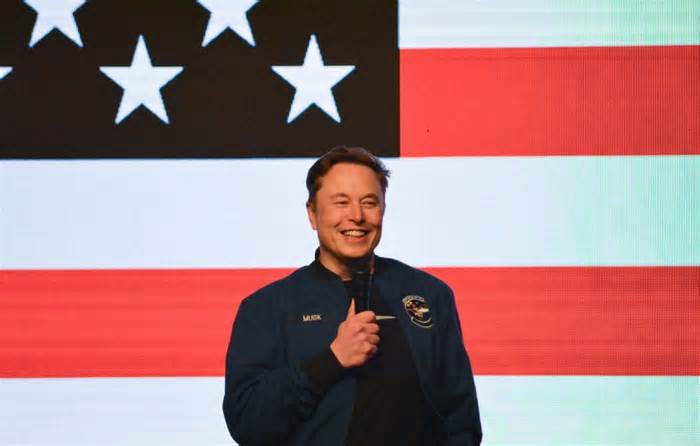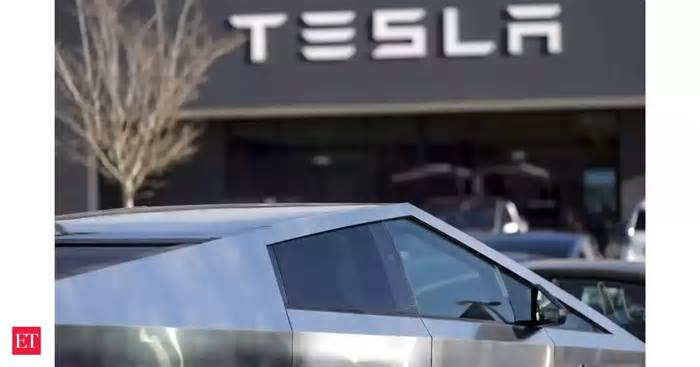
SpaceX Falcon Heavy: Elon Musk’s rocket company launches its ‘most difficult’ mission to date - CNN
- by CNN
- Jun 24, 2019
- 0 Comments
- 0 Likes Flag 0 Of 5
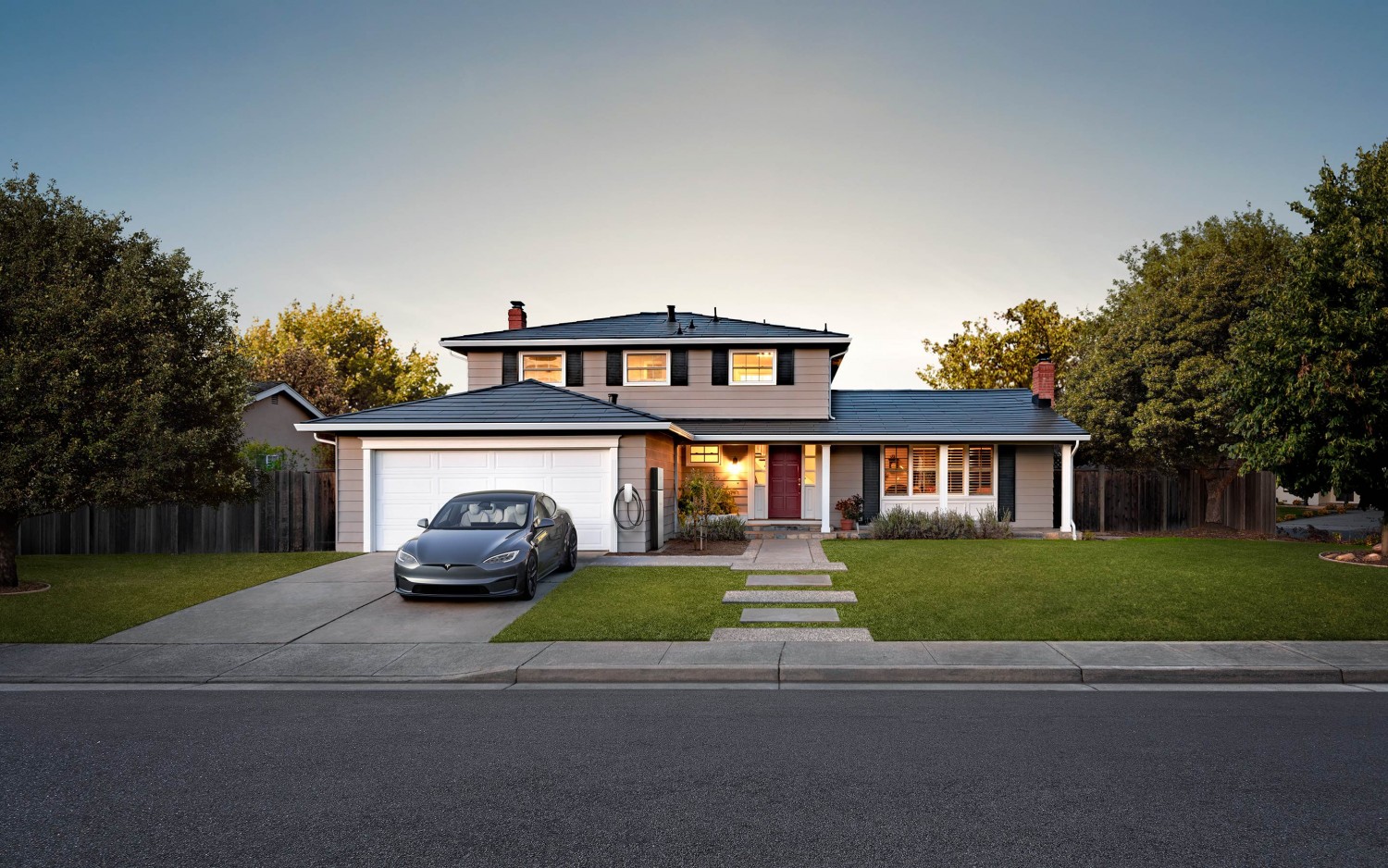
— Space Systems Command (@USSF_SSC) June 18, 2019
Itâs called LightSail 2 and is designed to travel through space propelled by nothing but sunlight.
Plenty of satellites have solar panels that convert the sunâs energy to electricity and power on-board computers. But a solar sail is different. It aims to use actual light particles, called photons, as an endless source of fuel.
âWhile light has no mass, it has momentum that can be transferred to other objects,â according to Jason Davis, a writer for The Planetary Society, the nonprofit behind LightSail 2. âA solar sail harnesses this momentum for propulsion.â
LightSail 2 will deploy razor-thin sheets of polyester to form a sail thatâs 32 square meters, or about the size of a boxing ring. The spacecraft will turn its sail toward the sun and receive a âtiny push no stronger than the weight of a paperclipâ each time it circles the Earth, Davis wrote in a blog post.
If successful, photons from the sun should, slowly but surely, push the spacecraft deeper into space -â without using thrusters and heavy fuels that other satellites rely on.
The Dream of Solar Sailing | LightSail 2
The concept dates back centuries. Carl Sagan, the famed science communicator who co-founded The Planetary Society before his death in 1996, once showed off a light sail model on âThe Tonight Show with Johnny Carsonâ in 1970s.
Nye is the current CEO of The Planetary Society. The organization raised the $7 million it needed for the project from donors and a crowdfunding campaign.
âForty years ago, my professor Carl Sagan shared his dream of using solar sail spacecraft to explore the cosmos,â Nye said in a statement. âThe Planetary Society is realizing the dream.â
The rocket
The Falcon Heavy first captured the worldâs attention with its inaugural flight in February 2018, when it launched SpaceX CEO Elon Muskâs cherry red Tesla (TSLA) roadster into orbit around the sun. The car is still soaring through space.
Muskâs space company, which he founded in 2002, launched a second Falcon Heavy in April that sent up a 14,000-pound communications satellite for Saudi Arabia-based firm Arabsat.
The rocket is notable for more than just its power: Its three first-stage boosters are reusable and designed to guide themselves back to Earth after launch so that they can be refurbished and used again on future launches. After the first-stage cores detach, the second stage of the rocket fires up its own engine and continues on into space to finish off the mission.
SpaceX says reusing hardware saves the company big bucks, driving down the price of its rockets. With a $90 million price tag, the Falcon Heavy is far cheaper than similar rockets built by SpaceXâs competitors.
After launch Tuesday morning, the Falcon Heavyâs two side boosters executed flawless synchronized landings on ground pads in Florida. But the center booster, which was supposed to land on a seafaring platform called a drone ship, missed its mark and splashed into the ocean.
Although the company routinely lands boosters after flights of its workhorse Falcon 9 rocket, SpaceX has yet to recover all three boosters after a Falcon Heavy launch.
But that disappointment was followed by a major victory that SpaceX announced about an hour later on Tuesday: The rocketâs nose cone, or fairing, landed safely into a giant net hoisted up by a crew boat, nicknamed âMs. Tree.â
After more than a year of trial and error, it marked the first time SpaceX has saved a rocket fairing before it splashed into the ocean.
Rocket fairings, which shield satellites during launch but detach after reaching space, are typically left to plummet into a watery grave. But SpaceX has long said it wants to recover and reuse as much of its hardware as possible. Musk has said a fairing can cost around $6 million.
Related
Please first to comment
Related Post
Stay Connected
Tweets by elonmuskTo get the latest tweets please make sure you are logged in on X on this browser.




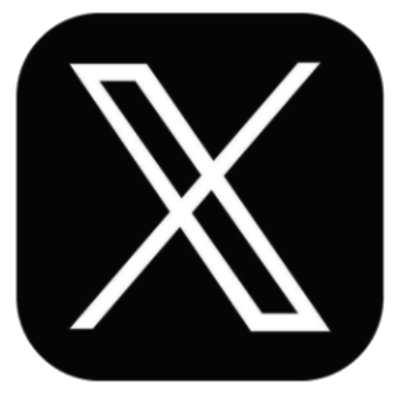

 Energy
Energy